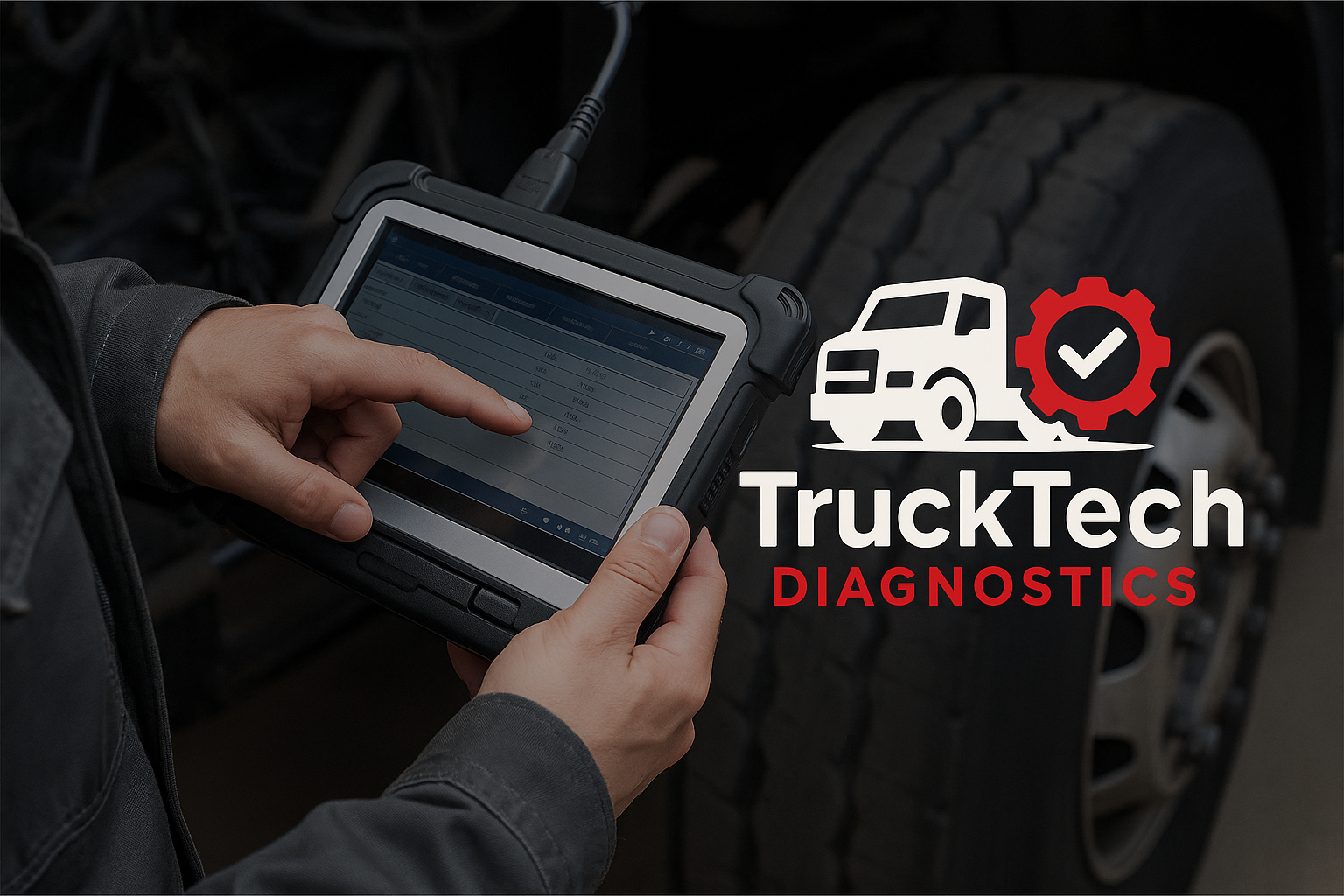🚛 The Most Common SPN Fault Codes—and What They Really Mean
If you run heavy-duty trucks or manage a repair shop, chances are you’ve seen fault codes like SPN 3719 or SPN 5246 pop up on your dash or scan tool. These aren’t just warnings—they’re alerts that your truck could soon face a derate, forced regen, or even complete shutdown if ignored.
This guide breaks down the most common SPN codes, explains what they mean, and shows how to keep your truck on the road.
🔧 What Is an SPN Code?
SPN (Suspect Parameter Number) identifies the system or component reporting a fault. Combined with an FMI (Failure Mode Indicator), you get the full picture:
-
SPN = which part/system is failing
-
FMI = how it’s failing
Together, they give technicians a roadmap to diagnosing and fixing the problem.
🚨 Top 5 SPN Codes Every Diesel Owner Should Watch
1. SPN 5246 FMI 0 – Aftertreatment Derate Active
-
Appears when a regen fails or is skipped.
-
Means a 5 MPH derate is on the way unless you clear the fault and perform a successful regeneration.
FAQ – SPN 5246
Q: Can I keep driving with SPN 5246 active?
A: Only for a short distance. Once the derate kicks in, you’ll be stuck at 5 MPH. Perform a regen immediately.
Q: Does clearing the code fix it?
A: No. If you clear it without a regen, the code will return quickly.
2. SPN 3719 FMI 16 – DPF Soot Load Too High
-
Indicates the Diesel Particulate Filter (DPF) is overloaded with soot.
-
Requires a forced regen right away to prevent engine shutdown.
FAQ – SPN 3719
Q: What happens if I ignore SPN 3719?
A: The truck will eventually shut down to protect the DPF and emissions system.
Q: How long does a forced regen take?
A: Typically 30–60 minutes, depending on soot levels and model.
3. SPN 4364 FMI 18 – NOx Sensor Fault
-
Points to a failing NOx sensor, which impacts emissions compliance and fuel economy.
-
Leaving it unresolved can also cause a derate.
FAQ – SPN 4364
Q: Can I still drive with a bad NOx sensor?
A: Yes, but expect poor fuel economy and potential derates.
Q: Should I use OEM or aftermarket NOx sensors?
A: OEM is more reliable. Some aftermarket parts trigger repeat codes.
4. SPN 102 FMI 18 – Low Mass Air Flow
-
Usually linked to dirty sensors, clogged intake systems, or turbocharger issues.
-
If airflow doesn’t improve, the truck may enter limp mode.
FAQ – SPN 102
Q: How do I fix low mass air flow?
A: Clean the mass air flow sensor, inspect intake hoses, and verify turbo health.
Q: Can this code reduce power?
A: Yes. It often forces limp mode until airflow improves.
5. SPN 132 FMI 31 – EGR Valve Problem
-
Common in trucks with extended idle times.
-
A sticking or failed EGR valve can cause additional emissions issues and repeated SPN codes.
FAQ – SPN 132
Q: What are symptoms of a bad EGR valve?
A: Rough idle, smoke, repeat emissions faults, and poor overall performance.
Q: Do I need to replace the EGR valve right away?
A: Yes, in most cases. Cleaning may help if it’s stuck, but full failure requires replacement.
💻 Diagnose and Clear SPN Codes Like a Pro
With a TruckTech Diagnostics Laptop Kit, you can:
-
Read SPN/FMI codes in seconds.
-
Clear inactive or resolved faults.
-
Run forced regens directly from your laptop.
-
Test sensors, actuators, and reset learned parameters.
-
Avoid downtime, tow bills, and dealer service charges.
🧰 Why Fleets & Drivers Trust TruckTechDiagnostics.com
-
No subscriptions or VIN limits — scan unlimited trucks.
-
Dealer-level diagnostic software for Cummins, Detroit, Volvo, Mack, CAT, Paccar, International, and more.
-
30-day risk-free returns — we cover shipping.
-
2-year warranty on all kits.
-
Preloaded and ready to use — just connect and start diagnosing.


